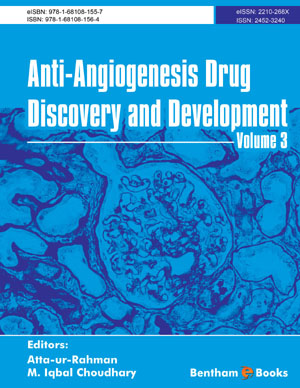Abstract
Tau is a key dynamic regulator of microtubules in neurons. Tau-microtubule binding contributes to axonal stabilization in neurons. Its controlled-physiological weakening allows cell division and microtubule reorganization in fetal state or in mitotic neuronal cells. Tauopathies often show a decreased tau-microtubule binding and the aggregation of tau. The former leads to chronic microtubule-axonal destabilization, the latter preludes to the formation of intra-neuronal, insoluble tau deposits. Tau alternative splicing and post-translational modifications (hyper-phosphorylation, glycosylation, prolylamide bond isomerization, oxidation, etc.) are early events with an impact on tauopathies which may lead to disease-modifying therapeutic interventions. The most prospective therapeutic avenues targeted against these events are presented and critically discussed, selecting a single molecular target of particular relevance. Each target is presented together with its known small molecule modulators. Priority is given to mechanisms, targets and small molecules impacting on more than one tauopathycausing event.
Keywords: Alternative splicing, Alzheimer’s disease, DAPK, DYRK1A, glycosyl ation, GSK3, kinases, microtubules, neurodegeneration, O-glcnac hydrolase, peptidylprolyl isomerases, PIN1, post-translational modifications, TAU protein, tauopathies.






















